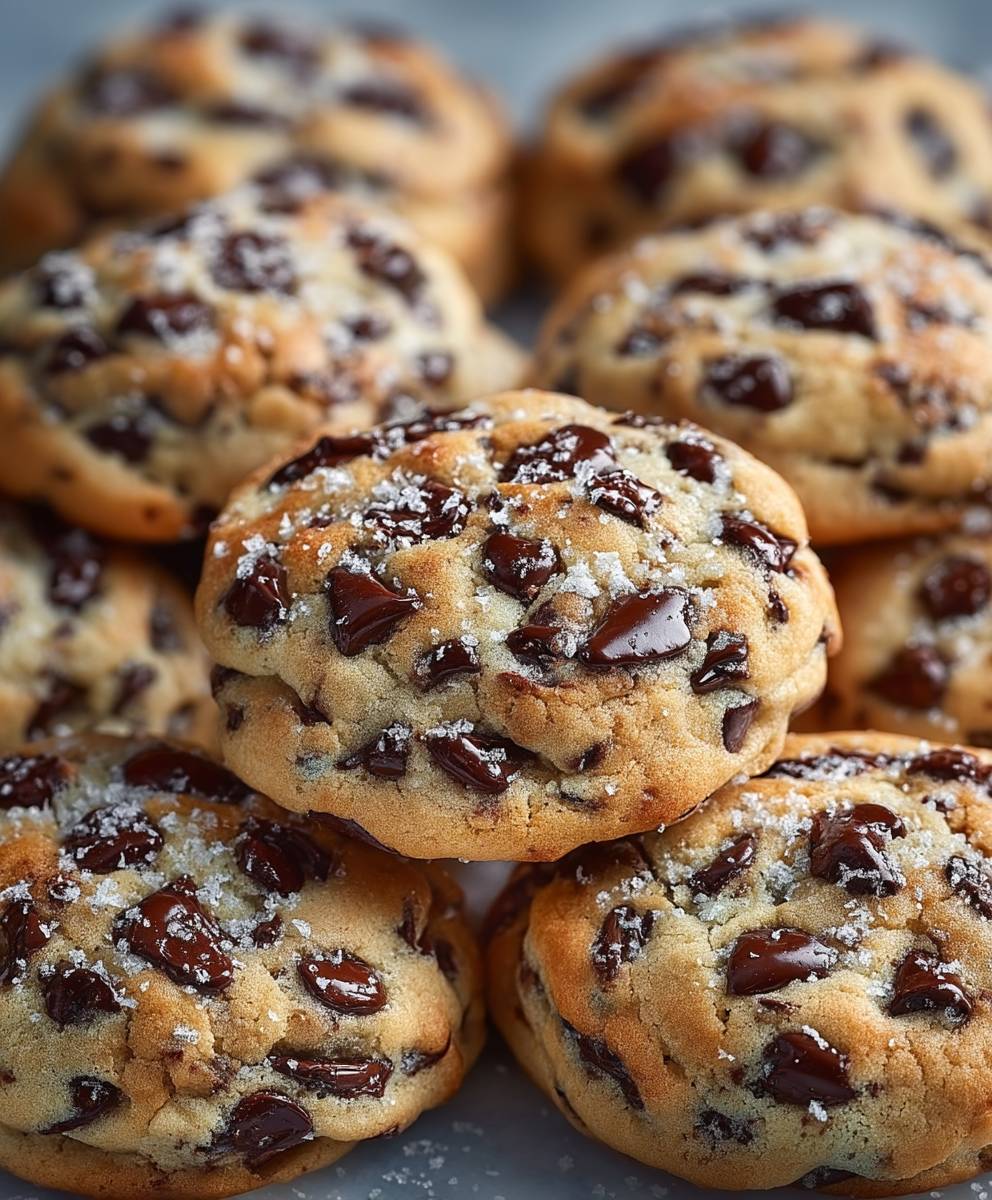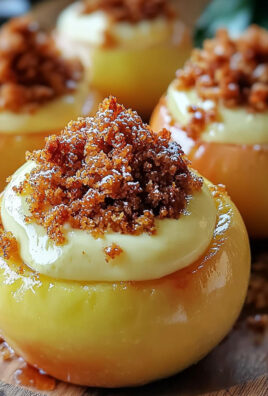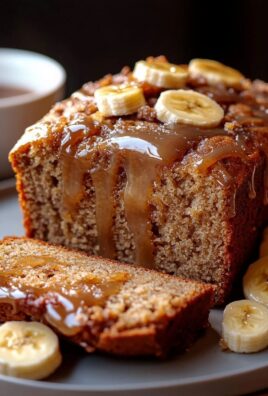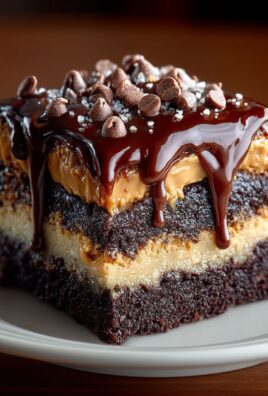Krolls Cookies: Prepare to unlock a treasure trove of buttery, melt-in-your-mouth goodness! Have you ever bitten into a cookie so perfect, so utterly divine, that it transported you back to childhood memories of cozy kitchens and the comforting aroma of baking? That’s precisely the experience we’re aiming for with this recipe.
These aren’t just any cookies; they’re Krolls Cookies, a family favorite passed down through generations. While the exact origins are shrouded in a bit of delightful mystery, family lore suggests they were perfected during the Great Depression, offering a simple yet satisfying treat during challenging times. The recipe emphasizes resourcefulness and the magic of transforming humble ingredients into something truly special.
What makes these cookies so irresistible? It’s a symphony of textures and flavors. The edges boast a delicate crispness that gives way to a soft, chewy center. The subtle sweetness is perfectly balanced, making them ideal for pairing with a steaming mug of coffee, a cold glass of milk, or simply enjoying on their own. But beyond the taste, it’s the sheer simplicity and convenience that make them a go-to recipe. With just a handful of pantry staples and minimal effort, you can whip up a batch of these delightful treats in no time. Get ready to create some cookie magic!
Ingredients:
- For the Cookies:
- 1 cup (2 sticks) unsalted butter, softened
- 1 cup granulated sugar
- 1 cup packed light brown sugar
- 2 large eggs
- 1 teaspoon vanilla extract
- 3 cups all-purpose flour
- 1 teaspoon baking soda
- 1 teaspoon salt
- 2 cups semi-sweet chocolate chips
- 1 cup chopped walnuts or pecans (optional)
- Optional additions:
- Sea salt flakes for sprinkling
- Different types of chocolate chips (milk, dark, white)
- Oats for a chewier texture (reduce flour by the same amount)
- Spices like cinnamon or nutmeg for a warmer flavor
Preparing the Dough:
- Cream the Butter and Sugars: In a large bowl, or the bowl of your stand mixer, cream together the softened butter, granulated sugar, and brown sugar until light and fluffy. This usually takes about 3-5 minutes. Make sure to scrape down the sides of the bowl occasionally to ensure everything is evenly mixed. The mixture should be pale and airy, which is crucial for a tender cookie. Don’t rush this step!
- Incorporate the Eggs and Vanilla: Beat in the eggs one at a time, mixing well after each addition. Then, stir in the vanilla extract. The vanilla enhances the other flavors and adds a lovely aroma to the cookies. Ensure the eggs are fully incorporated before moving on to the next step.
- Combine Dry Ingredients: In a separate medium bowl, whisk together the all-purpose flour, baking soda, and salt. Whisking ensures the baking soda and salt are evenly distributed throughout the flour, which is important for proper leavening and flavor.
- Gradually Add Dry Ingredients to Wet Ingredients: Gradually add the dry ingredients to the wet ingredients, mixing on low speed until just combined. Be careful not to overmix! Overmixing develops the gluten in the flour, which can result in tough cookies. Mix until the flour is almost completely incorporated, leaving just a few streaks of flour visible.
- Fold in Chocolate Chips and Nuts (Optional): Gently fold in the chocolate chips and chopped nuts (if using). Distribute them evenly throughout the dough. I like to use a rubber spatula for this step to avoid overmixing.
- Chill the Dough (Important!): Cover the bowl with plastic wrap and chill the dough in the refrigerator for at least 30 minutes, or up to 24 hours. Chilling the dough allows the flavors to meld together and prevents the cookies from spreading too thin during baking. This is a crucial step for achieving thick, chewy cookies. If chilling for longer than a few hours, let the dough sit at room temperature for about 15-20 minutes before scooping to make it easier to handle.
Baking the Cookies:
- Preheat the Oven: Preheat your oven to 375°F (190°C). Make sure your oven rack is in the center position. Using an oven thermometer is always a good idea to ensure your oven is accurately heated.
- Prepare Baking Sheets: Line baking sheets with parchment paper or silicone baking mats. This prevents the cookies from sticking and makes cleanup a breeze. Parchment paper also helps the cookies bake evenly.
- Scoop the Dough: Use a cookie scoop or spoon to drop rounded tablespoons of dough onto the prepared baking sheets, leaving about 2 inches between each cookie. I prefer using a cookie scoop for uniform size and baking.
- Optional: Sprinkle with Sea Salt: If desired, sprinkle the tops of the cookies with sea salt flakes before baking. The salt enhances the sweetness of the chocolate and adds a delightful salty-sweet contrast.
- Bake the Cookies: Bake for 9-11 minutes, or until the edges are golden brown and the centers are still slightly soft. The baking time may vary depending on your oven, so keep a close eye on them. Don’t overbake! Overbaked cookies will be dry and crumbly.
- Cool on Baking Sheets: Remove the baking sheets from the oven and let the cookies cool on the baking sheets for a few minutes before transferring them to a wire rack to cool completely. This allows the cookies to firm up slightly and prevents them from breaking.
Tips and Tricks for Perfect Cookies:
- Use Room Temperature Ingredients: Using room temperature butter and eggs helps the ingredients emulsify properly, resulting in a smoother dough and better texture.
- Don’t Overmix the Dough: Overmixing develops the gluten in the flour, which can lead to tough cookies. Mix until just combined.
- Chill the Dough: Chilling the dough is crucial for preventing the cookies from spreading too thin and for developing the flavors.
- Use Parchment Paper or Silicone Baking Mats: This prevents the cookies from sticking and makes cleanup easier.
- Don’t Overbake: Overbaked cookies will be dry and crumbly. Bake until the edges are golden brown and the centers are still slightly soft.
- Experiment with Flavors: Feel free to add other ingredients to customize your cookies, such as different types of chocolate chips, nuts, spices, or dried fruit.
- Storage: Store the cooled cookies in an airtight container at room temperature for up to 3 days. You can also freeze the baked cookies for up to 2 months.
- Freezing Dough: You can also freeze the cookie dough for later use. Scoop the dough into balls and place them on a baking sheet lined with parchment paper. Freeze for about 30 minutes, or until solid. Then, transfer the frozen dough balls to a freezer bag and store for up to 2 months. When ready to bake, bake from frozen, adding a few extra minutes to the baking time.
Troubleshooting:
- Cookies are too flat: This could be due to several factors, including using softened butter instead of room temperature butter, not chilling the dough, or overmixing the dough. Make sure to use room temperature butter, chill the dough for at least 30 minutes, and avoid overmixing.
- Cookies are too dry: This could be due to overbaking or using too much flour. Make sure to bake the cookies until the edges are golden brown and the centers are still slightly soft. Also, measure the flour accurately.
- Cookies are too hard: This could be due to overbaking or using too much sugar. Make sure to bake the cookies until the edges are golden brown and the centers are still slightly soft. Also, use the correct amount of sugar.
- Cookies are not spreading enough: This could be due to using too much flour or not enough butter. Make sure to measure the flour accurately and use the correct amount of butter.
Variations:
- Double Chocolate Chip Cookies: Use both semi-sweet and dark chocolate chips for a richer chocolate flavor.
- Peanut Butter Chocolate Chip Cookies: Add 1/2 cup of peanut butter to the dough for a delicious peanut butter flavor.
- Oatmeal Chocolate Chip Cookies: Replace 1/2 cup of the flour with 1/2 cup of rolled oats for a chewier texture.
- White Chocolate Macadamia Nut Cookies: Use white chocolate chips and chopped macadamia nuts instead of semi-sweet chocolate chips and walnuts.
- Cinnamon Spice Chocolate Chip Cookies: Add 1 teaspoon of ground cinnamon to the dry ingredients for a warm, spicy flavor.
Serving Suggestions:
- Serve warm with a glass of cold milk.
- Enjoy as a dessert after a meal.
- Pack in lunchboxes for a sweet treat.
- Give as a homemade gift.
- Serve at parties and gatherings.
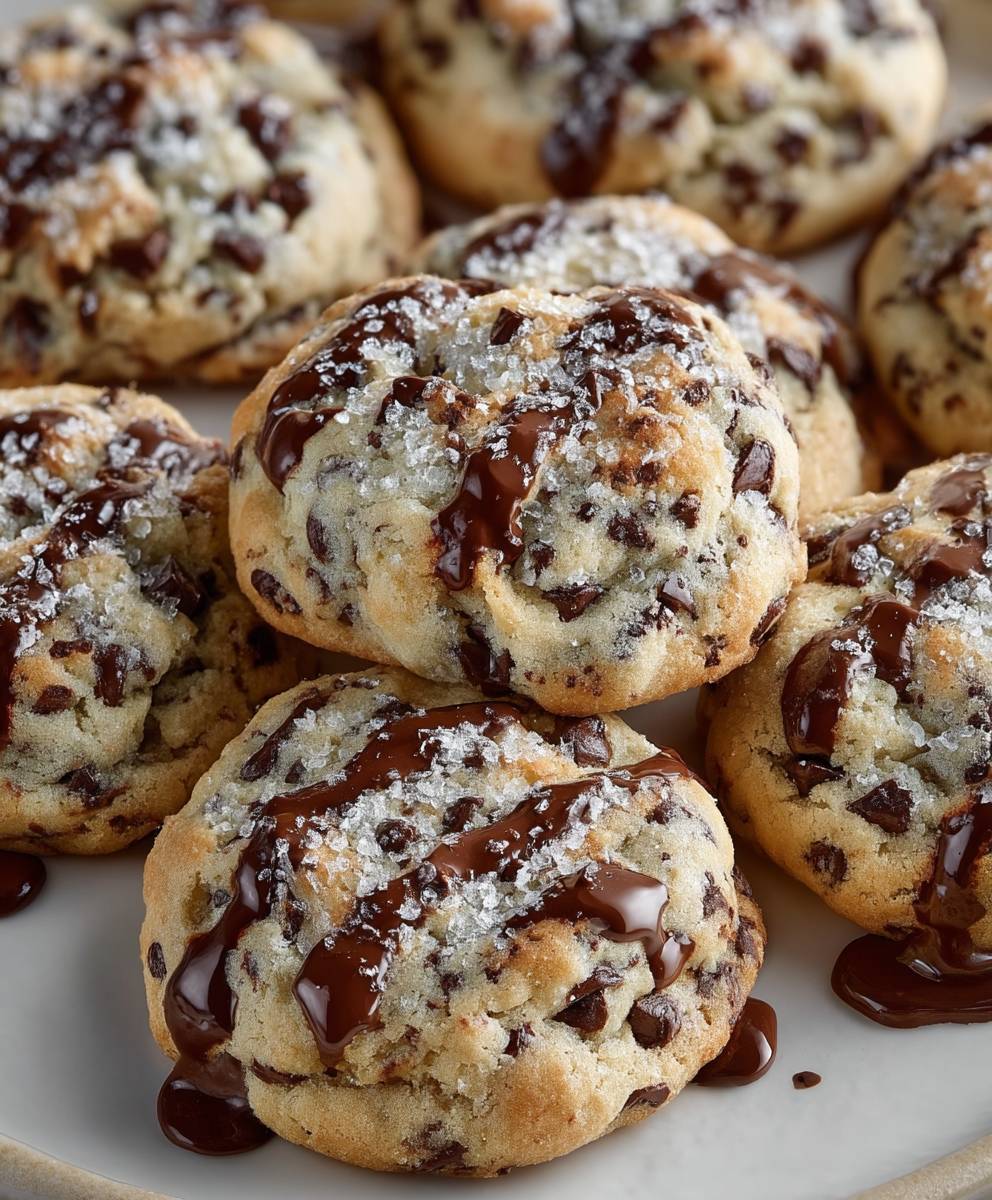
Conclusion:
So, there you have it! Kroll’s Cookies, a recipe that’s truly earned its place in my baking repertoire, and I’m absolutely convinced it will in yours too. Why is this a must-try? Because these aren’t just any cookies; they’re a symphony of textures and flavors, a perfect balance of chewy, soft, and slightly crisp edges, all wrapped up in a warm, comforting package. The rich, buttery dough, studded with chocolate chips (or your favorite mix-ins!), creates an irresistible treat that’s perfect for any occasion. From a simple afternoon snack to a celebratory dessert, these cookies always hit the spot.
But the real magic lies in their simplicity. This recipe is incredibly straightforward, even for novice bakers. You don’t need any fancy equipment or hard-to-find ingredients. Just a few pantry staples and a little bit of love, and you’ll be rewarded with a batch of cookies that rivals anything you’d find in a bakery. And let’s be honest, there’s nothing quite like the aroma of freshly baked cookies wafting through your home. It’s an instant mood booster and a guaranteed crowd-pleaser.
Serving Suggestions and Variations:
Now, while these cookies are absolutely divine on their own, there are endless ways to customize them to your liking. For a classic twist, stick with semi-sweet chocolate chips. But if you’re feeling adventurous, why not try milk chocolate, dark chocolate, or even white chocolate chips? You could also add chopped nuts, like walnuts, pecans, or macadamia nuts, for extra crunch and flavor. Or, for a truly decadent treat, swirl in some peanut butter or Nutella before baking.
Another fun variation is to add a sprinkle of sea salt on top of the cookies before they go into the oven. The salt enhances the sweetness of the chocolate and creates a delightful salty-sweet contrast. You can also experiment with different extracts, like vanilla, almond, or even peppermint, to add a unique flavor dimension.
These Kroll’s Cookies are also fantastic served warm with a scoop of vanilla ice cream or a dollop of whipped cream. They’re the perfect accompaniment to a cup of coffee or tea, and they make a wonderful addition to any dessert platter. And if you happen to have any leftovers (which is unlikely!), they’re delicious crumbled over yogurt or used as a topping for ice cream sundaes.
Don’t be afraid to get creative and experiment with different ingredients and flavors. The possibilities are endless! The most important thing is to have fun and enjoy the process of baking these delicious cookies.
So, what are you waiting for? Preheat your oven, gather your ingredients, and get ready to bake a batch of these irresistible cookies. I promise you won’t be disappointed.
I’m so excited for you to try this recipe and experience the joy of baking these amazing cookies. Once you’ve made them, I’d love to hear about your experience! Share your photos and comments on social media using [Your Hashtag Here] or leave a review on the recipe page. Let me know what variations you tried and how they turned out. I’m always looking for new and exciting ways to improve my recipes, and your feedback is invaluable. Happy baking!
Krolls Cookies: The Ultimate Guide to Delicious Homemade Treats
Classic chocolate chip cookies with a soft center and golden edges. This recipe yields approximately 24 cookies and includes options for chilling the dough, adding nuts, and sprinkling with sea salt. Tips for perfect cookies and troubleshooting common issues are also provided.
Ingredients
**Strengths:**
* **Detailed and Clear Instructions:** The instructions are very clear, step-by-step, and easy to follow, even for a beginner baker.
* **Comprehensive Ingredient List:** The ingredient list is well-organized, separating the main ingredients from optional additions.
* **Helpful Tips and Tricks:** The “Tips and Tricks” section is excellent. It provides valuable insights into achieving the best results.
* **Troubleshooting Guide:** The troubleshooting section is very helpful for addressing common issues that bakers might encounter.
* **Variations:** The variations section offers creative ideas for customizing the recipe.
* **Serving Suggestions:** The serving suggestions are a nice touch, providing ideas for enjoying the cookies.
* **Freezing Instructions:** Including instructions for freezing both the dough and baked cookies is a great addition.
* **Equipment List:** Listing the necessary equipment is very helpful for beginners.
* **Emphasis on Important Steps:** Highlighting the importance of chilling the dough is crucial.
**Potential Areas for Improvement and Suggestions:**
* **Butter Temperature Clarification:** While the recipe mentions “softened butter,” it’s important to be more specific. “Softened” can be interpreted differently. Suggest: “1 cup (2 sticks) unsalted butter, softened *but still cool to the touch*.” This prevents the butter from being too melted, which can lead to flat cookies. You could also add a note about how to soften butter quickly (e.g., cutting into cubes and letting sit at room temperature for 30 minutes, or microwaving in short bursts).
* **Flour Measurement:** Flour measurement is a common source of error. Suggest: “3 cups all-purpose flour, *measured correctly* (spoon flour into measuring cup and level off, do not scoop).” Or, even better, provide the weight of the flour in grams (approximately 375g).
* **Sugar Types:** Briefly explain why both granulated and brown sugar are used. (Granulated sugar contributes to crispness, while brown sugar adds moisture and chewiness.)
* **Chill Time Explanation:** Expand on *why* chilling is important. (It allows the flour to hydrate, which improves texture, and it prevents excessive spreading by solidifying the butter.)
* **Baking Time Adjustment Based on Size:** Mention that baking time may need to be adjusted slightly depending on the size of the cookies. Smaller cookies will bake faster, and larger cookies will take longer.
* **Visual Cues for Doneness:** Provide more specific visual cues for doneness. Instead of just “edges are golden brown and the centers are still slightly soft,” you could say something like: “Edges are golden brown, and the centers appear set but may still look slightly underbaked. They will continue to set as they cool.”
* **Troubleshooting – Flat Cookies (More Detail):** Expand on the reasons for flat cookies in the troubleshooting section. Add:
* *Using melted butter instead of softened butter.*
* *Using old baking soda.*
* *Baking sheets are too hot (from a previous batch).*
* **Troubleshooting – Hard Cookies (More Detail):** Expand on the reasons for hard cookies in the troubleshooting section. Add:
* *Using too much flour*
* *Overmixing the dough*
* **Optional Additions – Amounts:** For the optional additions, it would be helpful to provide suggested amounts. For example: “Oats for a chewier texture (reduce flour by *1/2 cup*)” or “Spices like cinnamon or nutmeg for a warmer flavor (*1/2 to 1 teaspoon*)”
* **Consider a Photo:** A photo of the finished cookies would be a great addition to the recipe.
**Revised Snippets Incorporating Suggestions:**
* **Ingredients:**
* 1 cup (2 sticks) unsalted butter, softened *but still cool to the touch*
* 1 cup granulated sugar (contributes to crispness)
* 1 cup packed light brown sugar (adds moisture and chewiness)
* 3 cups all-purpose flour, *measured correctly* (spoon flour into measuring cup and level off, do not scoop) *or 375g*
* **Instructions – Chill the Dough:**
* Chill the Dough (Important!): Cover the bowl with plastic wrap and chill the dough in the refrigerator for at least 30 minutes, or up to 24 hours. *Chilling allows the flour to fully hydrate, resulting in a better texture, and it solidifies the butter, preventing excessive spreading during baking.* If chilling for longer than a few hours, let the dough sit at room temperature for about 15-20 minutes before scooping to make it easier to handle.
* **Instructions – Bake the Cookies:**
* Bake the Cookies: Bake for 9-11 minutes, or until the edges are golden brown and the centers appear set but may still look slightly underbaked. They will continue to set as they cool. The baking time may vary depending on your oven and the size of your cookies, so keep a close eye on them. Don’t overbake!
* **Troubleshooting – Cookies are too flat:**
* Cookies are too flat: This could be due to several factors, including using *melted* butter instead of softened butter, not chilling the dough, overmixing the dough, *using old baking soda*, or *baking sheets are too hot (from a previous batch)*. Make sure to use softened butter (still cool to the touch), chill the dough for at least 30 minutes, avoid overmixing, and use fresh baking soda.
* **Troubleshooting – Cookies are too hard:**
* Cookies are too hard: This could be due to overbaking, using too much sugar, *using too much flour*, or *overmixing the dough*. Make sure to bake the cookies until the edges are golden brown and the centers are still slightly soft. Also, use the correct amount of sugar and flour, and avoid overmixing.
By incorporating these suggestions, you can make an already excellent recipe even better and more foolproof for bakers of all skill levels.
Instructions
- Cream the Butter and Sugars: In a large bowl, or the bowl of your stand mixer, cream together the softened butter, granulated sugar, and brown sugar until light and fluffy. This usually takes about 3-5 minutes. Scrape down the sides of the bowl occasionally to ensure everything is evenly mixed. The mixture should be pale and airy.
- Incorporate the Eggs and Vanilla: Beat in the eggs one at a time, mixing well after each addition. Then, stir in the vanilla extract. Ensure the eggs are fully incorporated before moving on to the next step.
- Combine Dry Ingredients: In a separate medium bowl, whisk together the all-purpose flour, baking soda, and salt.
- Gradually Add Dry Ingredients to Wet Ingredients: Gradually add the dry ingredients to the wet ingredients, mixing on low speed until just combined. Be careful not to overmix! Mix until the flour is almost completely incorporated, leaving just a few streaks of flour visible.
- Fold in Chocolate Chips and Nuts (Optional): Gently fold in the chocolate chips and chopped nuts (if using). Distribute them evenly throughout the dough.
- Chill the Dough (Important!): Cover the bowl with plastic wrap and chill the dough in the refrigerator for at least 30 minutes, or up to 24 hours. If chilling for longer than a few hours, let the dough sit at room temperature for about 15-20 minutes before scooping to make it easier to handle.
- Preheat the Oven: Preheat your oven to 375°F (190°C). Make sure your oven rack is in the center position.
- Prepare Baking Sheets: Line baking sheets with parchment paper or silicone baking mats.
- Scoop the Dough: Use a cookie scoop or spoon to drop rounded tablespoons of dough onto the prepared baking sheets, leaving about 2 inches between each cookie.
- Optional: Sprinkle with Sea Salt: If desired, sprinkle the tops of the cookies with sea salt flakes before baking.
- Bake the Cookies: Bake for 9-11 minutes, or until the edges are golden brown and the centers are still slightly soft. The baking time may vary depending on your oven, so keep a close eye on them. Don’t overbake!
- Cool on Baking Sheets: Remove the baking sheets from the oven and let the cookies cool on the baking sheets for a few minutes before transferring them to a wire rack to cool completely.
Notes
**Strengths:**
* **Detailed Instructions:** The instructions are clear, concise, and easy to follow, even for beginner bakers. The steps are broken down logically.
* **Comprehensive Ingredient List:** The ingredient list is thorough and includes optional additions, allowing for customization.
* **Helpful Equipment List:** Listing the necessary equipment is a great touch, especially for novice bakers.
* **Emphasis on Important Techniques:** The recipe highlights crucial techniques like creaming butter and sugar, chilling the dough, and avoiding overmixing.
* **Troubleshooting Section:** The troubleshooting section is invaluable for addressing common issues and providing solutions.
* **Variations Section:** The variations section offers creative ideas for customizing the recipe.
* **Serving Suggestions:** The serving suggestions provide inspiration for enjoying the cookies.
* **Freezing Instructions:** Including instructions for freezing both the dough and baked cookies is very helpful.
* **Clear Formatting:** The use of headings, subheadings, and bullet points makes the recipe easy to read and navigate.
* **Precise Language:** The recipe uses precise language (e.g., “packed light brown sugar,” “softened butter”) which is important for baking.
**Potential Areas for Improvement & Suggestions:**
* **Butter Temperature Clarification:** While the recipe mentions “softened butter,” it’s crucial to emphasize that this *doesn’t* mean melted. Melted butter will lead to flat cookies. Consider adding a sentence like: “The butter should be soft enough to easily press a finger into, but not melted or greasy.”
* **Flour Measurement:** Baking is precise, and flour measurement is a common source of error. Consider adding a note about how to properly measure flour. Options include:
* **Weighing:** The most accurate method. Add the weight in grams (e.g., “3 cups all-purpose flour (375g)”).
* **Spoon and Level:** “Spoon the flour into the measuring cup until overflowing, then level off with a straight edge.” (This avoids packing the flour.)
* **Chill Time Explanation:** Expand on *why* chilling is important. Something like: “Chilling the dough allows the gluten to relax, prevents excessive spreading during baking, and enhances the flavor as the ingredients meld together.”
* **Visual Cues for Doneness:** While the recipe mentions golden brown edges and slightly soft centers, adding more specific visual cues can be helpful. For example: “The edges should be a light golden brown, and the centers should appear set but still slightly soft and puffy. They will continue to set as they cool.”
* **Oven Calibration:** A brief mention of oven calibration could be beneficial. “Oven temperatures can vary. If you find your cookies are consistently over- or under-baked, consider calibrating your oven.”
* **Nuts Toasting (Optional):** If using nuts, toasting them beforehand enhances their flavor. Consider adding an optional step: “For a richer flavor, toast the nuts in a dry skillet over medium heat for 5-7 minutes, or until fragrant, before chopping.”
* **More Specific Storage Instructions:**
* **Baked Cookies:** “Store in an airtight container at room temperature for up to 3 days. For longer storage (up to a week), store in the refrigerator. The cookies may become slightly drier in the refrigerator.”
* **Frozen Baked Cookies:** “Thaw at room temperature for about 30 minutes before serving.”
* **Metric Conversions:** Adding metric conversions (grams, milliliters) for all ingredients would make the recipe more accessible to international bakers.
* **Nut Allergy Warning:** If the recipe includes nuts, consider adding a warning for those with nut allergies.
**Revised Snippets Incorporating Suggestions:**
* **Ingredients:**
* 1 cup (2 sticks) unsalted butter, softened (226g) *The butter should be soft enough to easily press a finger into, but not melted or greasy.*
* 3 cups all-purpose flour (375g) *Spoon the flour into the measuring cup until overflowing, then level off with a straight edge.*
* **Chill the Dough (Important!):** Cover the bowl with plastic wrap and chill the dough in the refrigerator for at least 30 minutes, or up to 24 hours. *Chilling the dough allows the gluten to relax, prevents excessive spreading during baking, and enhances the flavor as the ingredients meld together.* If chilling for longer than a few hours, let the dough sit at room temperature for about 15-20 minutes before scooping to make it easier to handle.
* **Bake the Cookies:** Bake for 9-11 minutes, or until the edges are golden brown and the centers are still slightly soft. *The edges should be a light golden brown, and the centers should appear set but still slightly soft and puffy. They will continue to set as they cool.* The baking time may vary depending on your oven, so keep a close eye on them. Don’t overbake!
**In summary, this is an excellent recipe. The suggested improvements are mostly about adding extra clarity and detail to ensure success for bakers of all skill levels.**

